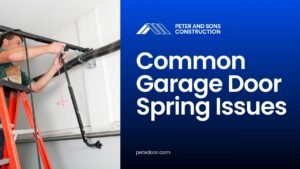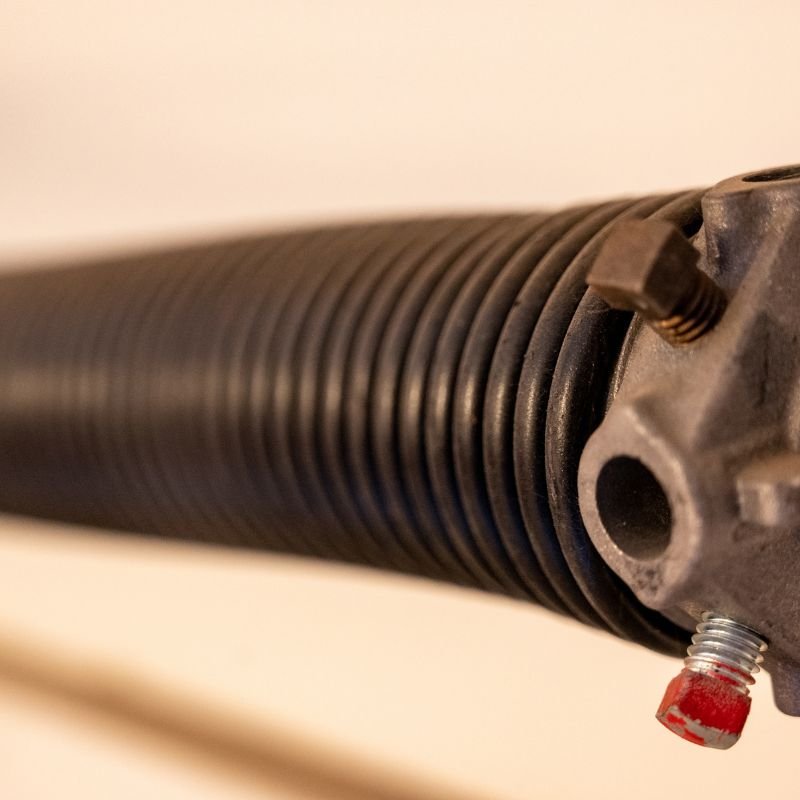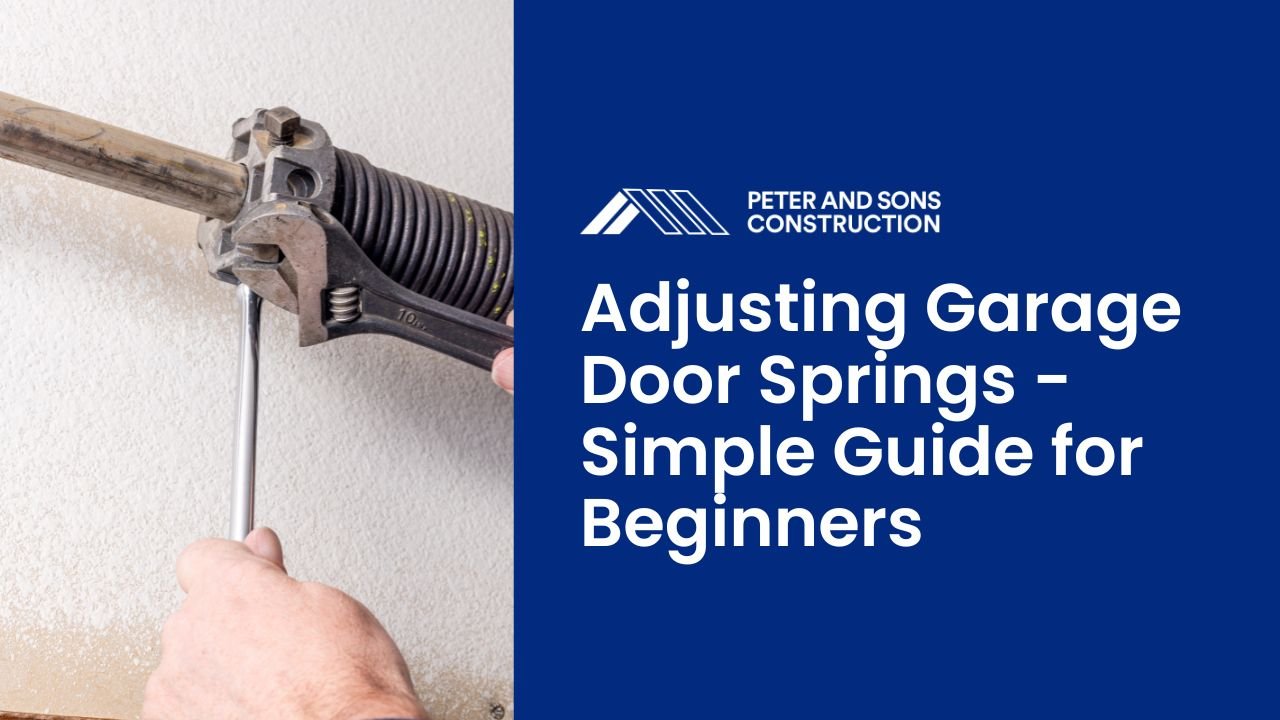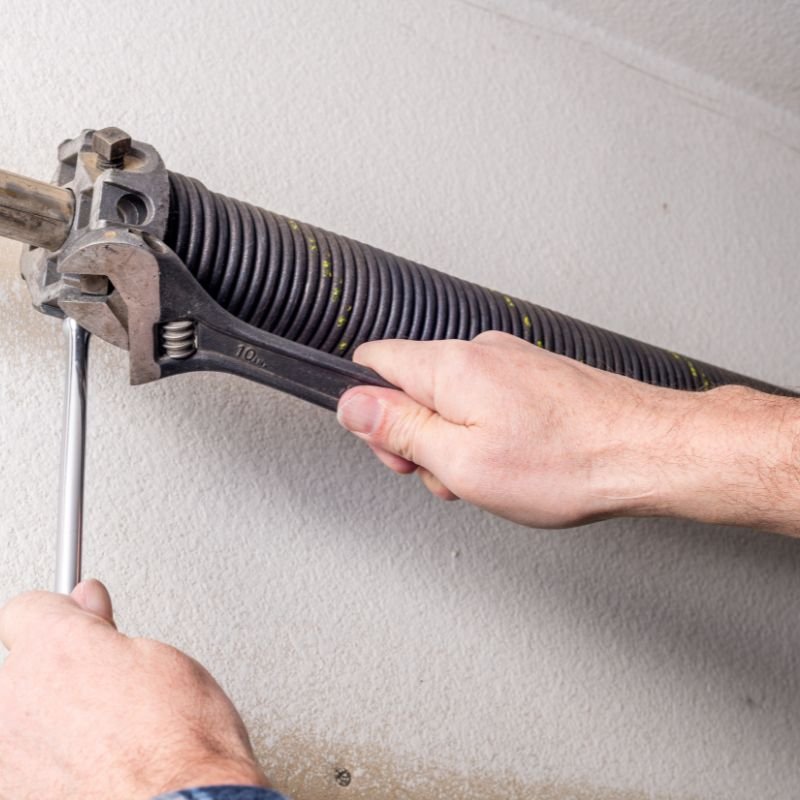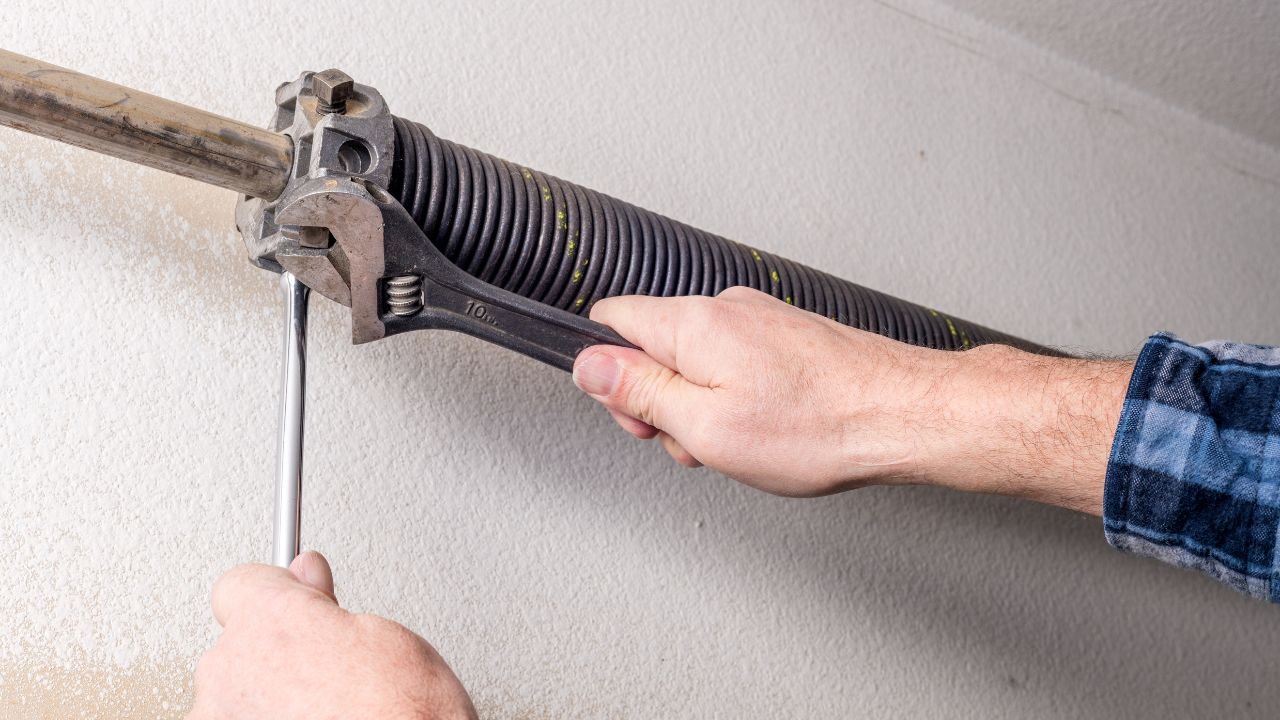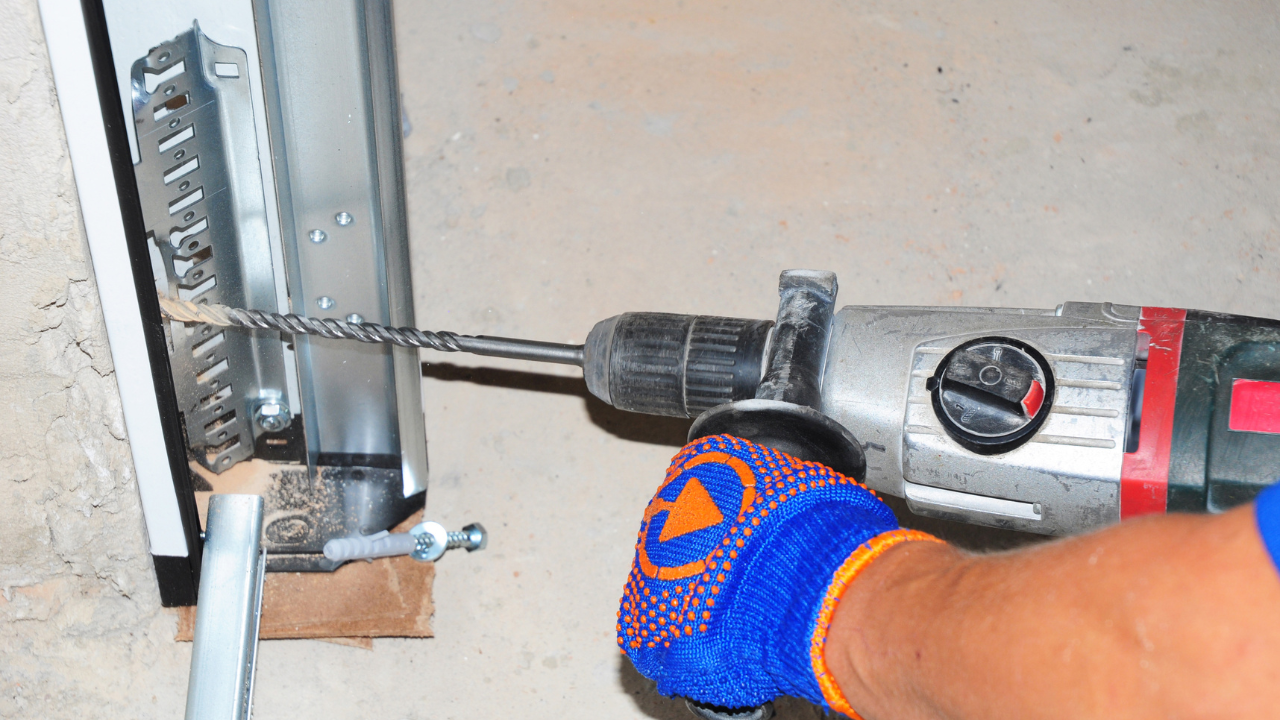Expert Tips on How to Tighten Garage Door Springs Safely
If you’ve ever struggled with your garage door not operating as smoothly as it should, it might be time to explore a simple solution – tightening the garage door springs.
These springs play an important role in the functionality of your garage door, and occasional adjustments can make a significant difference.
In this blog, we’ll walk you through the process of how to tighten garage door springs, ensuring your garage door operates at its best.
Why Tighten Your Garage Door Springs?
Maintain Balance – One of the main reasons to tighten your garage door springs is to maintain the balance of the door. When the springs are loose, it can cause the door to become unbalanced, leading to uneven wear and tear on the door and its components.
Prevent Damage – Loose springs can also cause damage to other parts of your garage door system. For example, if the springs are not providing enough tension, it can put extra strain on the garage door opener, causing it to wear out prematurely.
Ensure Safety – Loose garage door springs can be dangerous. If they break or snap while the door is in motion, it can cause the door to fall suddenly, potentially injuring anyone or anything in its path.
How to Tighten Your Garage Door Springs
Gather Your Tools – You’ll need a few tools for this job, including a pair of vice grips, a winding bar, and a ladder.
Locate the Springs – The first step is to locate the springs. They are usually located above the garage door and will be either torsion springs or extension springs.
Secure the Door – Before you start working on the springs, make sure the door is closed and secured in place.
Release the Tension – Using the winding bar, slowly release the tension from the springs. This will make it easier to tighten them later.
Tighten the Springs – Using the vice grips, grip the spring and turn it in the direction needed to tighten it. Be careful not to over-tighten the spring, as this can cause it to break.
Test the Door – Once you’ve tightened the springs, test the door to make sure it opens and closes smoothly.
Adjust as Needed – If the door is still not balanced, you may need to make further adjustments to the springs.
Secure the Springs – Once you’re satisfied with the tension, secure the springs in place
Proper Maintenance Tips
Regular maintenance can prolong the lifespan of your garage door springs and alert you when they are close to failure. Here are some tips:
- Lubricate the springs with silicone or oil-based spray or grease about four times a year.
- Check the garage door balance at least yearly.
- If your garage door springs are showing signs of rust or corrosion, spray them with CRC or a similar product and give them a good wipe-down. Use a silicone-based lubricant regularly.
Keeping Your Garage Door Springs in Top Shape
Knowing how to tighten garage door springs can be a handy skill, saving you time and possibly even money.
But it’s not without its risks. Always prioritize safety, double-check your work, and remember – if the task seems too daunting, or if you run into issues, professional help is just a call away.
In fact, for those not quite ready to tackle this project solo, reaching out to experts like Peter and Sons Construction can provide peace of mind, ensuring your garage door is safely and effectively adjusted.
Contact us today to get a free quote and hassle-free garage door maintenance.




